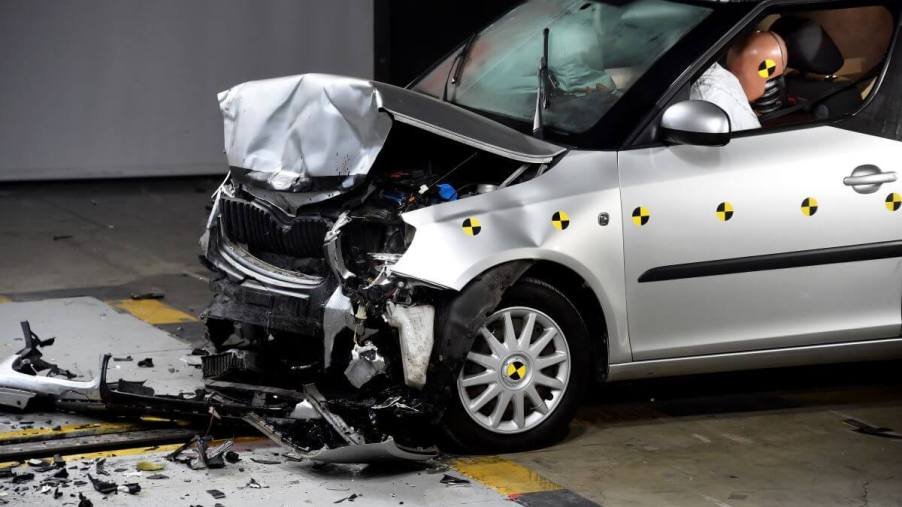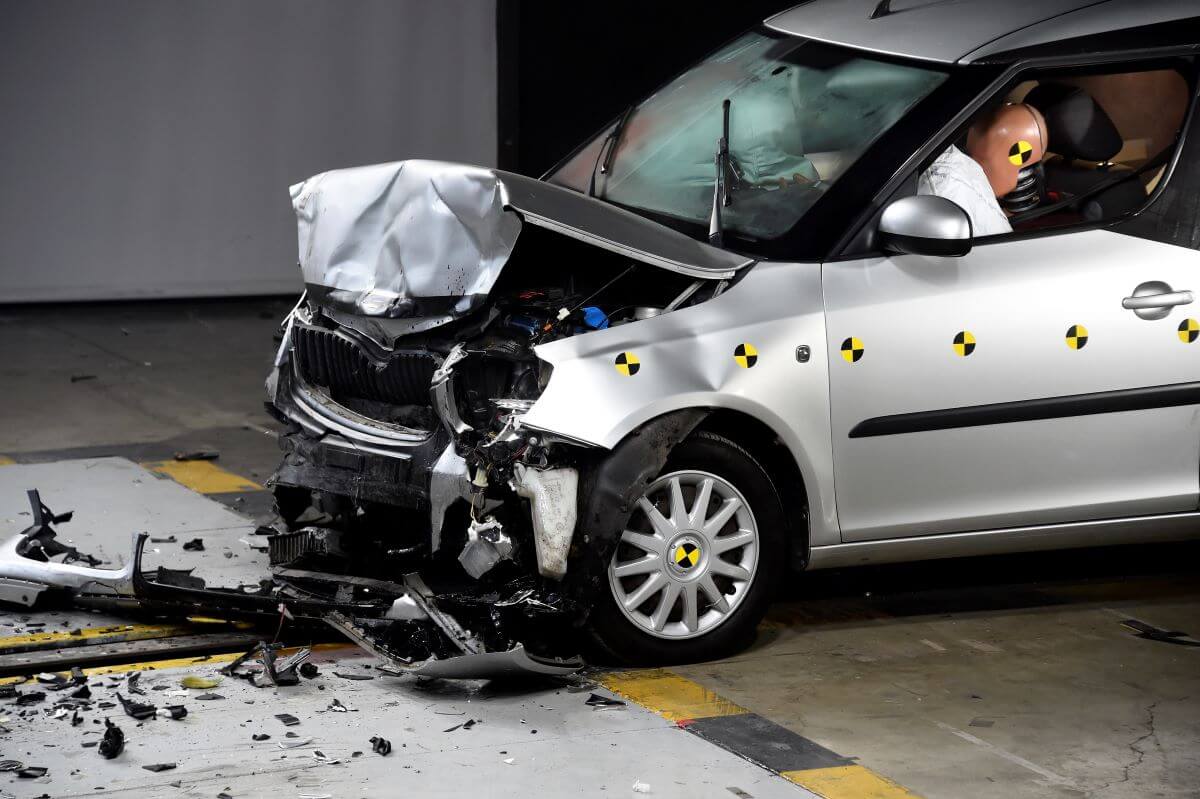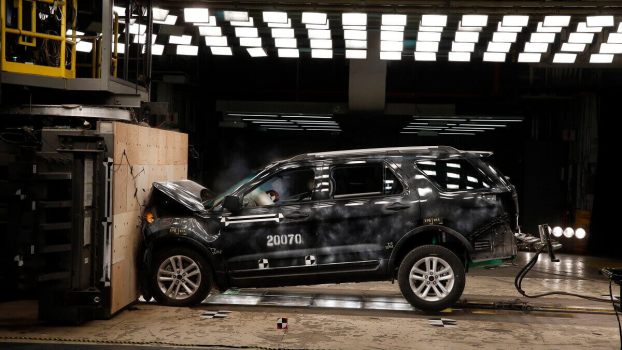
6 Important Criteria Tested for Safety Ratings
As the automotive industry continues to evolve, advanced driver-assist features are making passenger vehicles safer than ever before. Organizations such as the Insurance Institute for Highway Safety (IIHS) and the National Highway Traffic Safety Administration (NHTSA) are leaders in providing crash testing to determine a specific vehicle’s safety ratings.
These safety organizations consider standard car safety features such as airbags, anti-lock brakes, and seatbelts to determine how well a vehicle will perform in a traffic accident. Crash testing is a crucial tool for automakers when developing safety systems. So, regarding those tests, here are six essential criteria that affect a vehicle’s overall safety rating:
1. Front and side impact

A lab simulation interprets the effects of a side impact or head-on collision. The NHTSA uses an average-size adult male crash test dummy in the driver seat and a small-size adult female crash test dummy in the front passenger seat, both secured by fastened seat belts. Testing replicates a crash between two similar-sized vehicles of the same weight, slamming into a fixed barrier at 35 mph. Injuries to the head, chest, neck, and legs get evaluated to determine an accurate safety rating.
For side impact crashes, the NHTSA uses the same scenario of crash test dummies, this time involved in a collision at an intersection, with a 3,015-lb moving barrier crashing into the standing vehicle at 38.5 mph.
Driver assist technologies such as forward collision warning, lane departure warning, automatic emergency braking, and a rearview video system have met the NHTSA performance tests and are recommended for safer driving.
2. Rollover resistance
Rollovers can occur when a driver travels too fast and cannot control their vehicle in a sharp curve, causing the car to leave the roadway and roll over. Using a Static Stability Factor (SSF) lab measurement can determine a vehicle’s center of gravity. Combined with a dynamic rollover test, technicians can determine the vehicle’s rollover resistance rating.
3. Roof strength
Testing can determine how well the roof of a vehicle will hold up in a rollover accident. The simulation involves forcing a metal plate onto the car’s roof and exerting extreme pressure. The testing machine crushes the roof by precisely 5 inches to determine how much force is needed to collapse the roof. The safety rating for roof strength relies on this determination.
4. Rear impact
Whiplash is a common injury that occurs as a result of a rear-impact collision. Safety testing looks at the design of the front and rear passenger seats and the car headrests to determine how well they will hold up and protect occupants during rear-end impact.
5. Accident avoidance
The brake system and other automatic emergency systems get thoroughly tested to determine a vehicle’s ability to avoid an accident.
The New Car Assessment Program (NCAP) established by the NHTSA uses a five-star safety ratings program to provide consumers with accurate data regarding the rollover safety and crash protection of vehicles beyond the regulations of Federal guidelines. A one-star rating is the lowest, with a five being the highest rating given to the safest cars.
6. Rear blind zones
SUVs, trucks, and other larger vehicles have a greater blind spot area that can cause difficulties for drivers when attempting to change lanes or back up.
According to Easterns Automotive Group, “It is because of crash data, safety ratings and technological advancements that additional safety features are added to newer vehicles.” When looking for a safe vehicle, check the NHTSA and IIHS safety ratings and see if the model you are considering purchasing has an anti-lock brake system, head-protecting airbags, rearview backup cameras, electronic stability control, and other driver assistance features to ensure the utmost safety.



